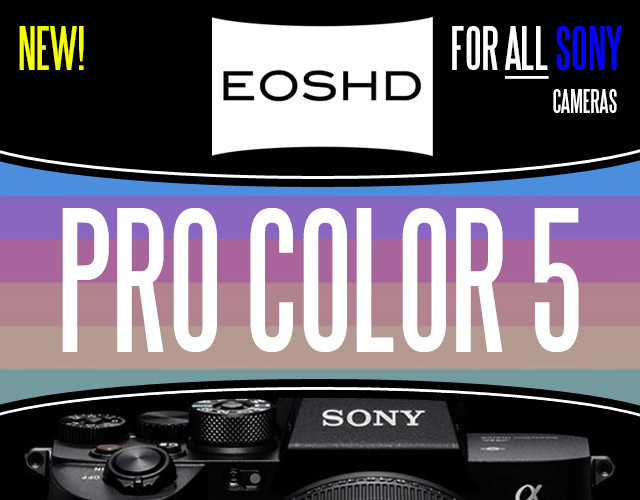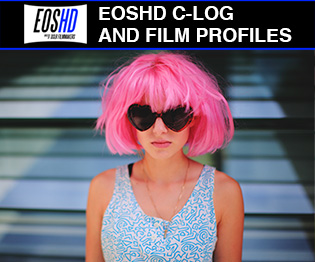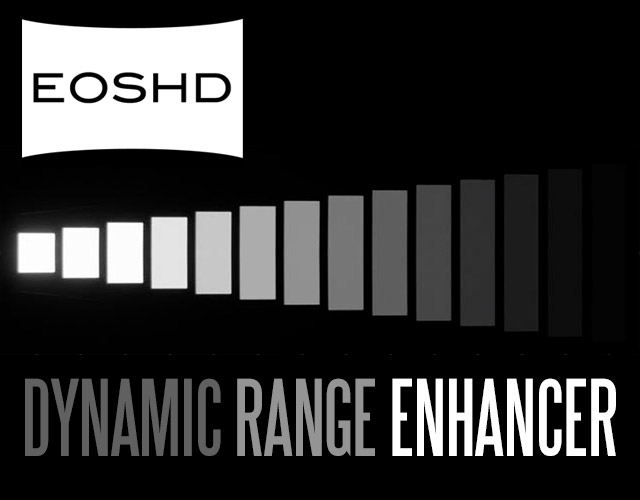Ideal settings for GH3? (color grading and a first example)
-
Similar Content
-
dji mavic pro 2 Mavic Pro 2 D-LOG Cinematic Color Grade (4K)
By Bozzie,
- cinematic
- color grade
- (and 3 more)
- 1 reply
- 2,911 views
-
- 5 replies
- 3,020 views
-
- 2 replies
- 5,021 views
-
- 0 replies
- 1,454 views
-
- 0 replies
- 1,816 views
-








Recommended Posts
Create an account or sign in to comment
You need to be a member in order to leave a comment
Create an account
Sign up for a new account in our community. It's easy!
Register a new accountSign in
Already have an account? Sign in here.
Sign In Now